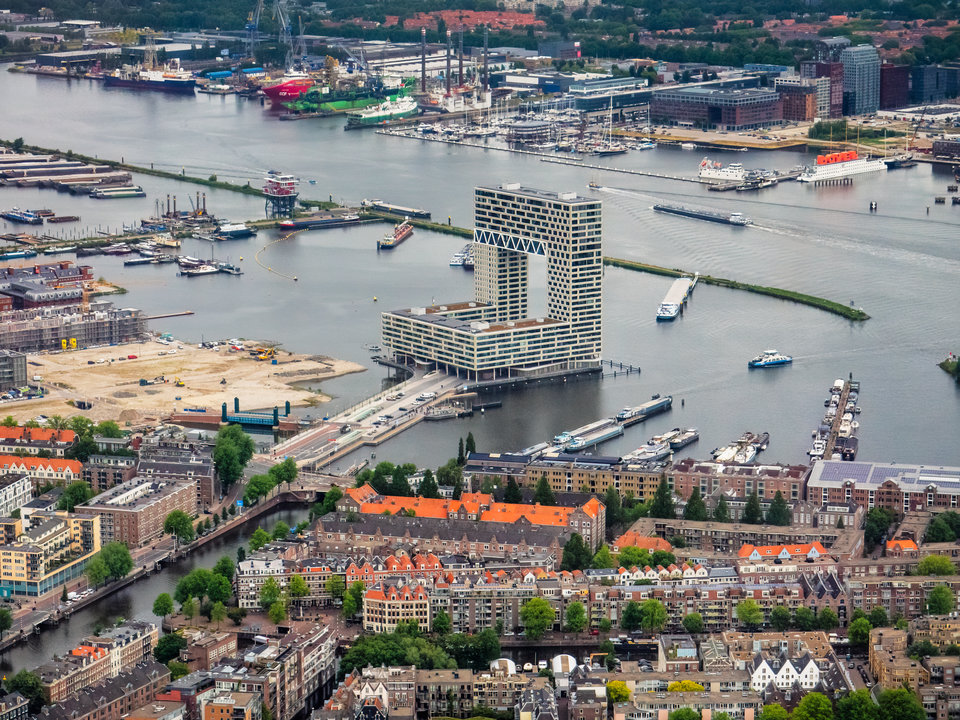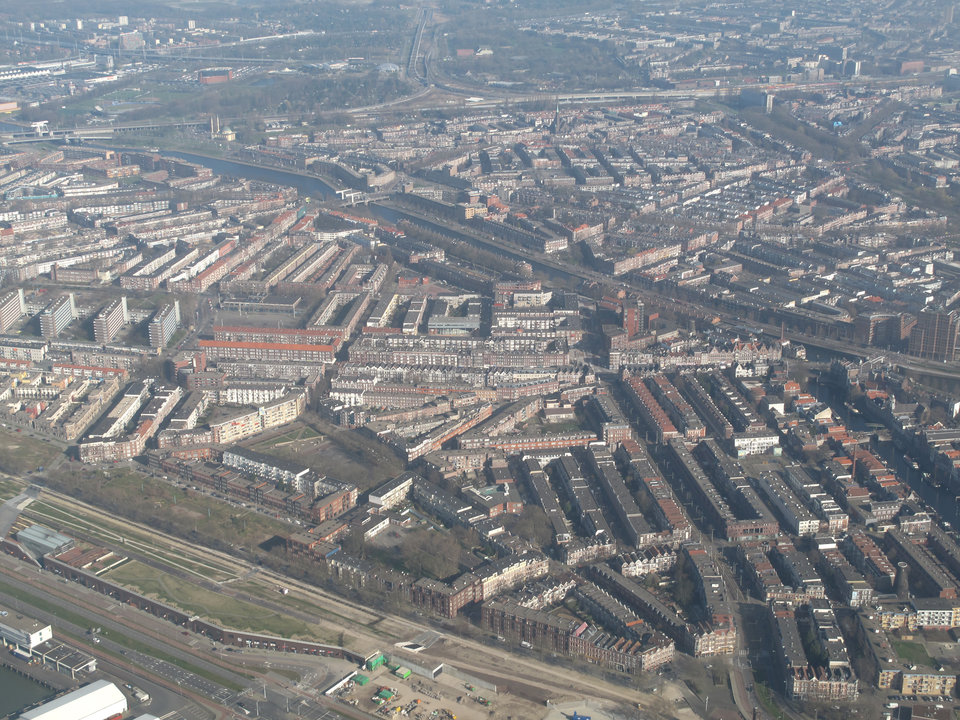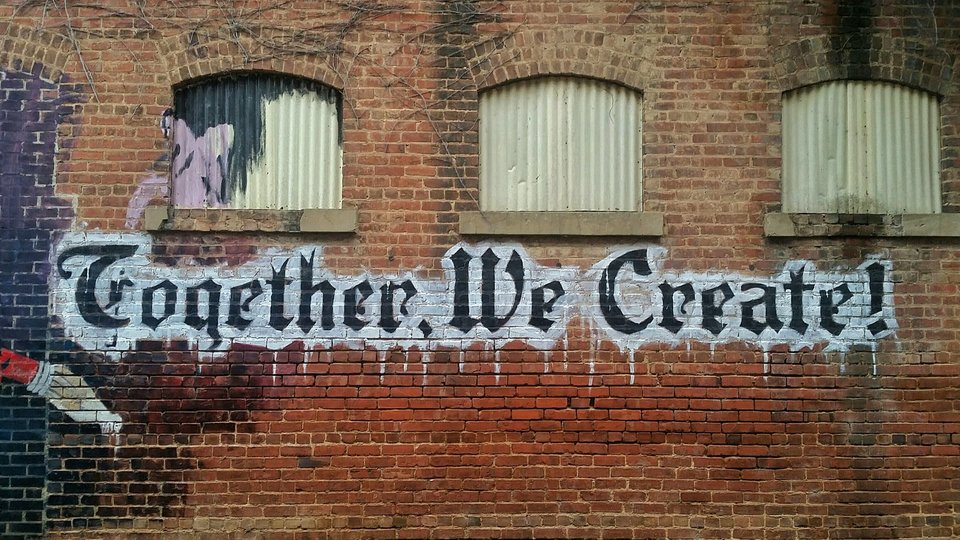The future is shared, and technologies enable new ways for communities to self-organise. By empowering communities, fostering collective action and facilitating sharing of resources, we can improve resilience in our cities. We aim to understand the principles that make neighbourhood initiatives successful and to investigate how such initiatives can be scaled and supported. We use a unique combination of institutional economics, agent-based modelling, and design research to foster engagement and empowerment.
Helping neighbourhoods & communities share space, resources, & knowledge.
An Interview with Amineh Ghorbani
There’s probably one right just around the corner. If you’re lucky, you might already be a part of a neighbourhood initiative: a community garden, co-operative restaurant, or food-sharing co-op.
For thousands of years, communities have shared space and collectively managed resources. Pastures, water-wells, or fishing areas were considered a community resource, not private property. These resources were available to all members of the community and together managed by the same people who were using them. Both of these elements, shared access and self-governance, are essential elements of the research in the Policy, Engagement, & Collective Action pillar.
In a modern urban context, there aren’t many pastures or water-wells around, but there are plenty of spaces and resources to be shared. These communities within communities do more than provide a green patch or fresh vegetables. They help build resilience by creating new relationships and networks between the people who share resources.
Modelling Communities
The Resilience Lab studies how this works using a unique combination of agent-based modelling, behavioural and social sciences, and institutional economics. These tools help make it possible to begin to quantify the impact of collective action in cities around the world.
Models are also used to engage with the communities themselves, studying what makes successful initiatives resilient. One of these research projects was a model-based evaluation of how 124 community gardens organize self-governance. The team collected the rules from each organization and tested them in different digital scenarios.
Each simulation included community members, each with their individual preferences and patterns. Their behaviour was determined by their own rules and those of the organization they chose to join, based on their real-world counterparts. As Dr Amineh Ghorbani explains the results.
“We came to the conclusion that it’s the combination of rules that define whether an urban garden is successful or not. Not really which rules, but really the combination that is the determining factor. We predicted with our simulation that one garden we had collected data six months ago in Rotterdam...it’s going to break up soon...because they have this combination of rules and are focusing too much on sanctioning, for example.”
We came to the conclusion that it’s the combination of rules that define whether an urban garden is successful or not.
Amineh and her team were in for a surprise at their next meeting. “We went back to the garden to tell them: ‘If you continue what you are doing, you are going to break up pretty soon.’ The manager of the garden laughed, and said, ‘Oh, guess what? We actually broke up two months ago because of these reasons you are outlining here.’”
A Pillar of Resilience
More people than ever live in urban areas, according to the United Nations, more than half of the world’s population now live in urban areas, a share that is expected to continue to increase. This in turn will continue to increase stress on urban areas already facing pressure from extreme weather, rising sea levels, and COVID-19.
Neighbourhood initiatives are a proven means of building resilience in the face of these threats. This emerging combination of traditional self-governance and policy engagement represents a new way of thinking about how we organise our communities. By studying the principles that guide successful neighbourhood initiatives can begin to learn how to scale and support them moving forward.
Along the way, new social connections are being created in our cities. These new relationships build trust and social cohesion at the community level, which in turn spreads to surrounding communities and up into the city hall. Amineh explains, “What it actually means at the higher level is that people will feel more confident and comfortable in their surroundings. It just helps the resilience of the city.”



